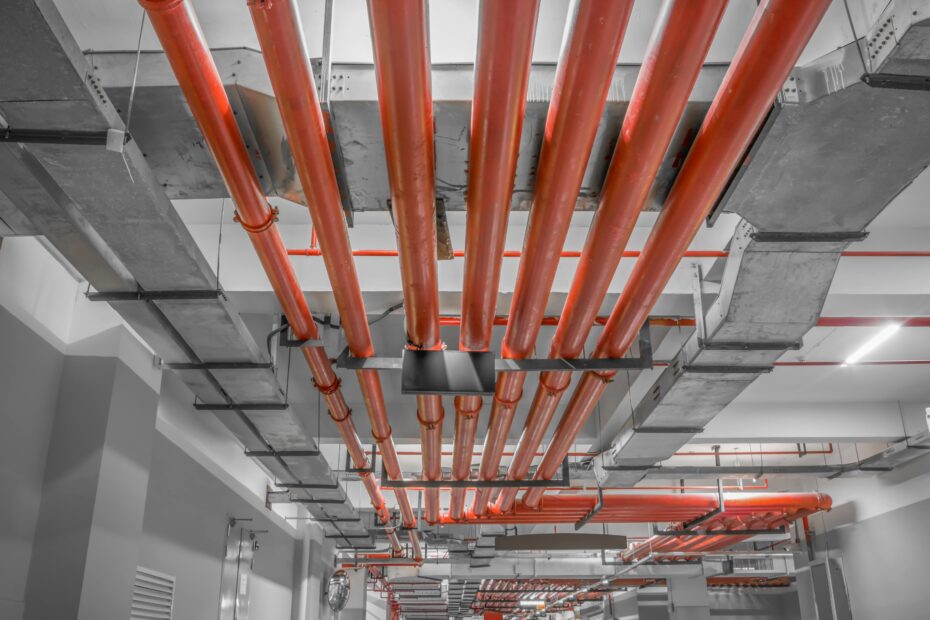Fire safety is a critical concern for industrial businesses, given the nature of operations and the presence of hazardous materials. A fire safety audit is a systematic review of fire prevention, protection, and preparedness measures in place within a facility. Regular audits help ensure that businesses comply with fire safety regulations, protect employees, minimize property damage, and mitigate the risks of fire hazards.
Here’s an overview of how an industrial fire safety audit works and why it’s essential:
Why is a Fire Safety Audit Necessary for Industrial Businesses?
- Legal Compliance: Fire safety regulations vary by region, but businesses are generally required to adhere to laws that protect employees, property, and the environment. Regular audits help ensure compliance with local fire codes and health & safety standards, reducing the risk of legal penalties or shutdowns.
- Employee Protection: Industrial workplaces often involve high-risk activities that increase the chances of fires. Ensuring that fire prevention measures, emergency exits, and evacuation plans are in place can save lives in the event of a fire.
- Damage Minimization: Industrial fires can cause extensive damage, leading to costly repairs, loss of production, and even permanent business closure. A well-prepared facility is more likely to contain and mitigate the damage before it spreads.
- Insurance Benefits: Insurance companies may offer lower premiums to businesses that can demonstrate that their fire safety protocols are up-to-date and have been verified through a formal audit process. Additionally, failure to adhere to safety standards may lead to claim denials in the event of a fire.
Also Read: Fire Safety Audits vs. Fire Inspections: What’s the Difference?
Key Components of a Fire Safety Audit
- Risk Assessment: The first step in any fire safety audit is identifying potential fire hazards in the workplace. This includes checking for faulty electrical wiring, exposed chemicals, poor ventilation, or areas where combustible materials are stored improperly. Special attention should be given to high-risk zones, such as storage areas, kitchens, and machinery rooms.
- Fire Prevention Systems: Evaluate whether the business has adequate fire prevention measures in place, such as:
- Fire extinguishers, sprinklers, and alarms.
- Properly maintained electrical systems to prevent short circuits.
- Regular inspections of equipment that could be a fire hazard.
- Fire Protection Equipment: Ensure that fire protection systems (e.g., sprinklers, alarms, fire extinguishers) are up to code and readily accessible. Verify that fire suppression systems are regularly tested, maintained, and refilled as needed.
- Evacuation Plans and Emergency Exits: An essential part of any fire safety audit is verifying that clear and accessible emergency exits exist, with signage and lighting. Evacuation routes should be well-marked and free from obstructions, and staff should be trained in emergency procedures. Evacuation drills must be conducted periodically.
- Staff Training: Conducting fire safety training for all employees is critical. Training should include fire extinguisher use, evacuation procedures, and how to identify and report potential fire hazards. Staff should be familiar with emergency protocols and know how to react in case of a fire.
- Fire Safety Signage: The placement of clear, visible fire safety signage is crucial. Signs should include exit routes, fire extinguisher locations, assembly points, and instructions on fire prevention.
- Maintenance and Inspections: Regular maintenance checks are vital to ensure that fire safety equipment and systems are functioning as intended. The audit should include a review of equipment maintenance schedules and inspection logs.
- Record Keeping: An essential part of fire safety audits is maintaining detailed records of all inspections, training sessions, and repairs. This documentation is not only useful for internal purposes but also essential for complying with regulatory requirements and insurance claims.
Steps to Conduct a Fire Safety Audit
- Preparation:
- Identify key personnel responsible for fire safety within the organization.
- Set up a team to conduct the audit, which may include internal staff and external fire safety experts.
- Site Walkthrough:
- Perform a comprehensive walkthrough of the premises, focusing on areas prone to fire hazards.
- Inspect fire extinguishers, alarms, exits, and ventilation systems.
- Review Documentation:
- Examine safety records, including past audits, maintenance schedules, and employee training logs.
- Interview Employees:
- Speak with employees to gauge their knowledge of fire safety procedures and their ability to respond in emergencies.
- Evaluate Emergency Procedures:
- Test emergency alarms and communication systems.
- Review evacuation drills and procedures.
- Report Findings:
- Document all observations, highlight areas of concern, and propose corrective actions.
- Implement Corrective Actions:
- Address identified issues by repairing, updating, or enhancing fire safety systems.
- Train employees on any new protocols or changes made.
- Follow-Up:
- Set a date for a follow-up audit to ensure that corrective actions have been implemented and are effective.
Conclusion
A fire safety audit is more than just a regulatory requirement—it’s an investment in the safety and longevity of an industrial business. By systematically evaluating fire hazards and ensuring that protective systems and protocols are in place, businesses can safeguard their employees, reduce financial risks, and improve operational efficiency. A proactive approach to fire safety will create a safer, more resilient workplace, and ultimately contribute to the long-term success of the business.
If your business hasn’t conducted a fire safety audit recently, now is the time to take action and ensure that you are adequately prepared to prevent and respond to fire emergencies.
